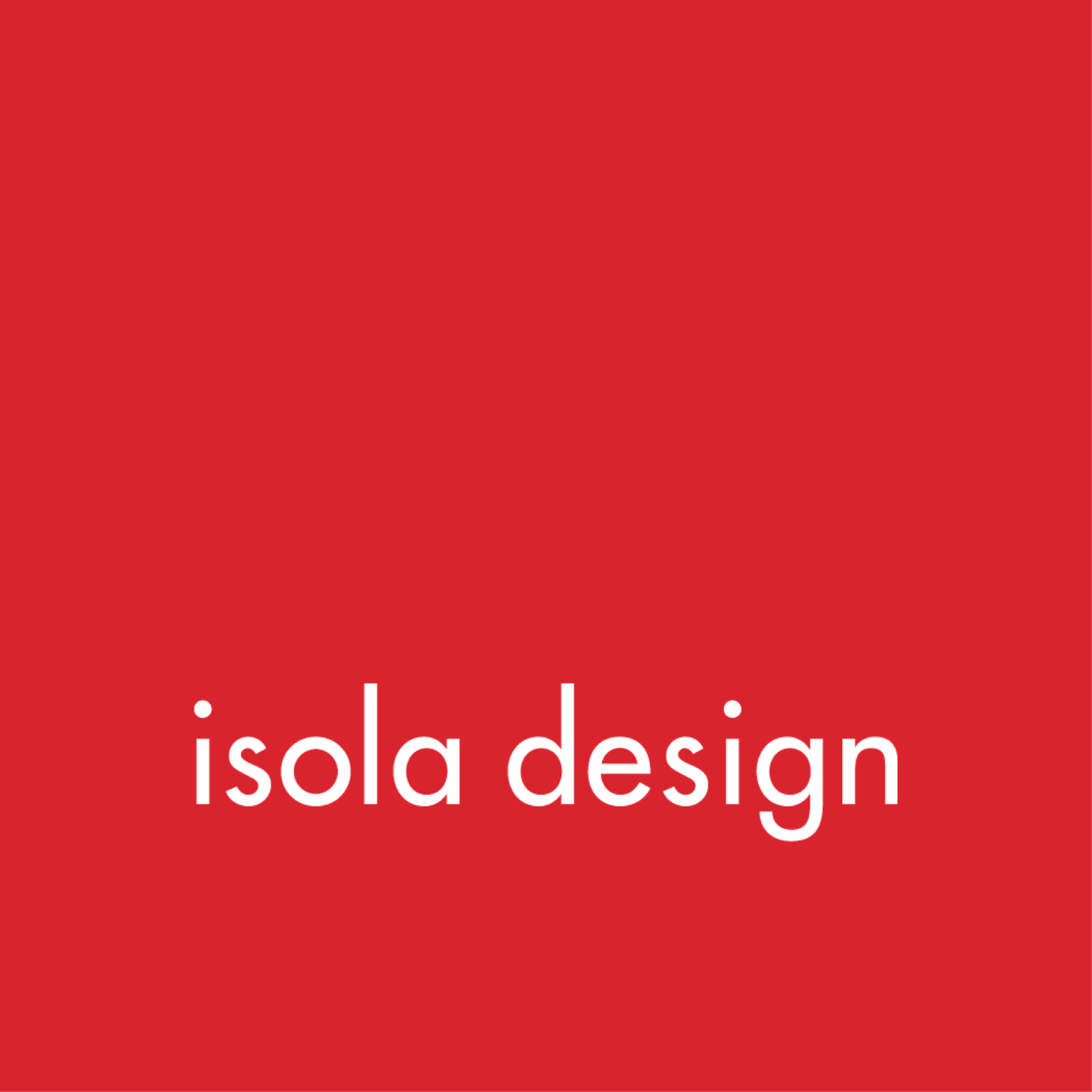Starbucks in Milan? The power of the built environment and your brand
Starbucks in Milan? The power of the built environment and your brand
On a recent trip to Milan, Italy, I was strolling through Galleria Vittorio Emanuele II, Italy’s oldest shopping mall of luxury brand shops, fine gelaterias, and cafes, when I spotted Starbucks. There, nearly 5,000 miles from Duluth, Minnesota, sat a visible and aromatic replication of the American coffee giant. What struck me was the worldwide power of Starbuck’s brand—and not just the logo.
In the world of marketing, branding is key. A brand is a set of words, images, and associations that represent a product or service in the marketplace (“What is,” 2024) and differentiates one seller’s goods and services from another. It is everything the public thinks it knows about your name brand offering—both factual (e.g. Starbuck’s provides good American coffee) and emotional (e.g. for Americans, Starbuck’s is “safe” and “familiar”).
A company creates countless expressions intended to generate brand recognition: products, services, processes, rituals, design elements, sensorial experiences (“What is,” 2024), and physical and digital places (Phase 3, 2023). Brands are encoded in physical environments; every location where people interact with a brand, be it an office or franchise location, makes a certain impact on them (DeVorm, n.d.).
This is power. A branded interior helps reflect your company's mission, purpose, values, and culture, which visitors feel when walking through your door (Phase 3, 2023). Communicating a brand and culture through a built environment creates a supportive, appropriate and welcoming space that supports the desired behavior.
To build this environment, we ask questions: Why are you (the client) doing the project? What are your goals? What do you currently like/don't like about your space/other spaces? Who is going to be in the space? How do you want them to feel? Do you want to affect their behavior in a certain way (i.e., encourage connection? Focus? Collaboration? Learning? Growth?)?
Starbuck’s designers asks these questions—and we see the resulting design choices in the functionality, building control, color palette, furnishings, fixtures and equipment in their stores.
Interior design is not just color scheme. It requires using architecture, lighting, fixtures, furniture, finishing materials, etc. to create the experience necessary to achieve the goals. Every decision creates or reinforces a brand’s personality and character in the environment (“How branded,” 2024).
When done well, branded interiors encourage certain behaviors and discourage others. They build trust with visitors and elevate your business.
Works Cited
De Vorm. (n.d.). Interior branding: Why it matters. DeVorm. https://journal.devorm.nl/blog/interior-branding-why-it-matters
How branded environments elevate your brand. The Trade Group. (2024, September 29). https://blog.tradegroup.com/how-branded-environments-elevate-your-brand
Phase 3. (2023, June 29). Creating immersive experiences through branded interior design. Phase 3. https://www.phase3mc.com/thinking/creating-immersive-experiences-through-branded-interior-design
What is a brand?: brand definition. Interbrand. (2024, December 16). https://interbrand.com/london/thinking/what-is-a-brand/

